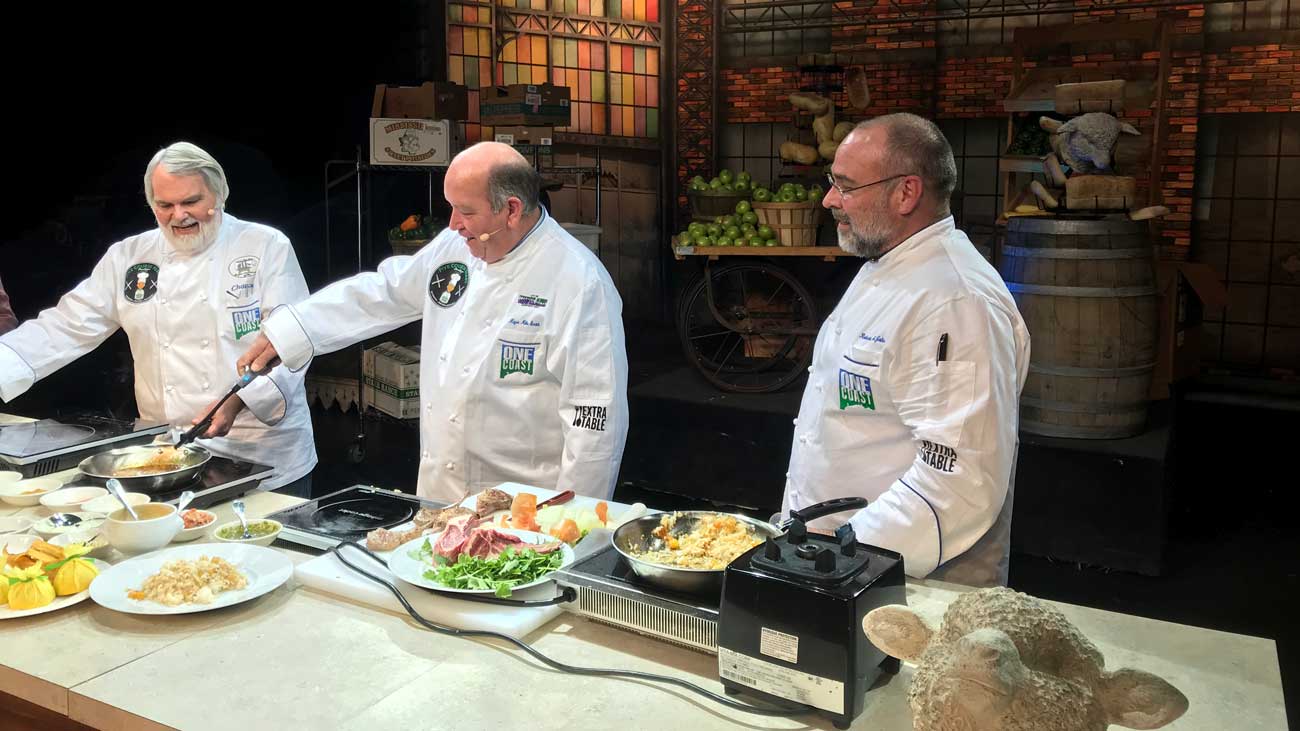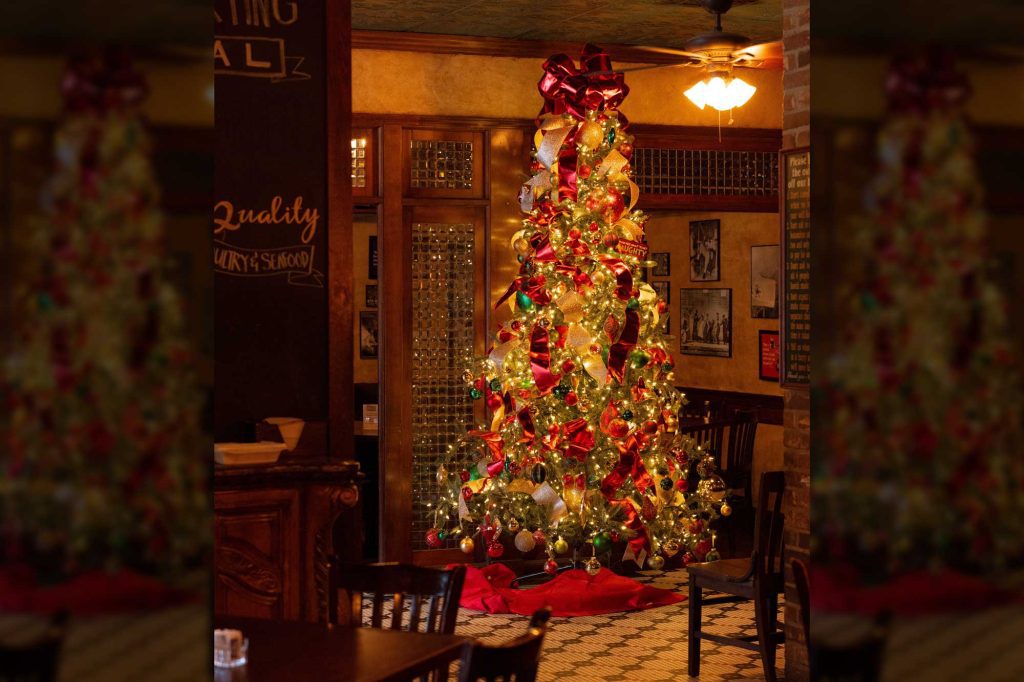When I got in my truck to drive to work this morning, the temperature gauge read 27 degrees. Somehow a Mississippi 27 seems colder than a Colorado or New York 27. Maybe it’s the humidity. Maybe it’s that I’m wearing Mississippi clothes and not Colorado clothes. Driving to work I began to think about how the weather outside affects our inside dining choices.
Minutes earlier I had finished off a bowl of hot oatmeal, which was certainly a perfect choice on a cold morning. Even though I eat oatmeal year round, the choice is more ideal when it’s 27 degrees outside.
We make hot food choices on cold days and cold food choices on hot days and I am sure that part of that decision is physiological. We want to warm our bodies with hot soup on a cold day. But how much does that actually do to warm our bodies? I don’t know the science behind it, but I would guess after the initial gulp, and once the food has been in the belly for a few minutes— whether it’s hot potato soup in the winter or vichyssoise in the summer— it all becomes 98.6 eventually.
I think it is more psychological than physiological. Just yesterday I ate the perfect cold weather lunch— roasted tomato soup with a grilled cheese sandwich. It was only made better because there was a fire burning in the fireplace and football on the television. That is winter comfort food. The day before I had eaten minestrone. Again, perfect cold weather food.
Cold-weather food even breaks into day parts. Oatmeal is obviously a morning thing. Grilled cheese and tomato soup are perfect cold-weather lunch companions. Gumbo is great for lunch, too. My go-to on cold nights is seafood cipppino.
Cioppino is a hearty, tomato based seafood stew. People say it “sticks to your ribs.” Obviously it doesn’t. Food doesn’t touch ones ribs. If it does you’ve got a major tear in the inner lining of your stomach and should seek medical help immediately. No, what they mean is that it fills and warms you up— again, I believe mentally more than physically.
My wife’s cold weather foods are different than mine. She is a cream of wheat eater. I would rather skip breakfast than eat cream of wheat. Actually I would rather someone beat me with a car antennae while stabbing me with a dull pasta fork than have to eat cream of wheat. She also likes chili (which actually hops between lunch and dinner in the cold weather dining world). I don’t like chili. I don’t hate it, I wouldn’t take a beating to avoid it, but I’d rather eat gumbo any day.
My wife spent the first eight years of her life in El Paso, Texas. Chili was a big deal in her home. I grew up in South Mississippi and we ate gumbo on weekends. So for me the chili vs. gumbo debate is neither physiological nor psychological. It’s environmental.
Cold salads are a summer food. We eat them in the winter, but, after 30 years in the restaurant business, I can tell you that three times as many salads are eaten in the summer season. Some foods are perfect in both summer and winter— gumbo falls into that category. I eat lamb year round, roasted chicken, too.
To me ribs and steak cross seasonal lines. Many might make the case that grilled steaks are a summer thing but beef prices go up in December just like they do in July— people are eating steak in the winter, they’re just not grilling it outside.
When we opened our Italian restaurant a few years ago, I developed two soups that we still serve today—roasted tomato soup and minestrone. I did this in the spring so it was in between cold and hot weather. They eat well in the summer, but this time of year they are perfect.
A hot bowl of roasted tomato soup and a grilled cheese sandwich made with good bread and good cheese are hard to top on a cold winter day no matter where you live.
Roasted Tomato Soup
10 lbs. Roma tomatoes
Vegetable oil, as needed
3 cup Onion, diced
¼ cup Bacon grease
1 TB Kosher salt
¼ cup Minced garlic
1 TB Dried basil
1 TB Dried oregano
2 tsp Fresh ground black pepper
1 ea 6 oz. can tomato paste
1 quart Chicken stock
1 Bay leaf
1 cup Heavy cream
1 TB Sherry vinegar
Preheat oven to 400.
Lightly coat the tomatoes with vegetable oil and place on a baking sheet in the oven for 30-45 minutes, turning them every 10 minutes. Remove from oven when the skin begins to crack and the tomatoes are soft. Allow to cool just enough to handle and remove and discard the skins.
In a stockpot, sauté onions in the bacon grease for 8-10 minutes over medium-high heat, stirring frequently. Add garlic, basil, oregano, salt and pepper and continue stirring for another 4-5 minutes. Add tomato paste and stir constantly for 5-6 minutes until caramelized, being careful not to burn.
Add Chicken stock, roasted tomatoes and bay leaf and bring to a simmer for 30 minutes.
Remove the bay leaf and add cream and sherry vinegar and simmer for 10 more minutes.
Puree until smooth.
Yield: 1 gallon



